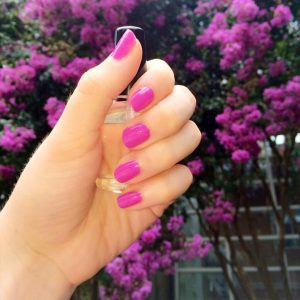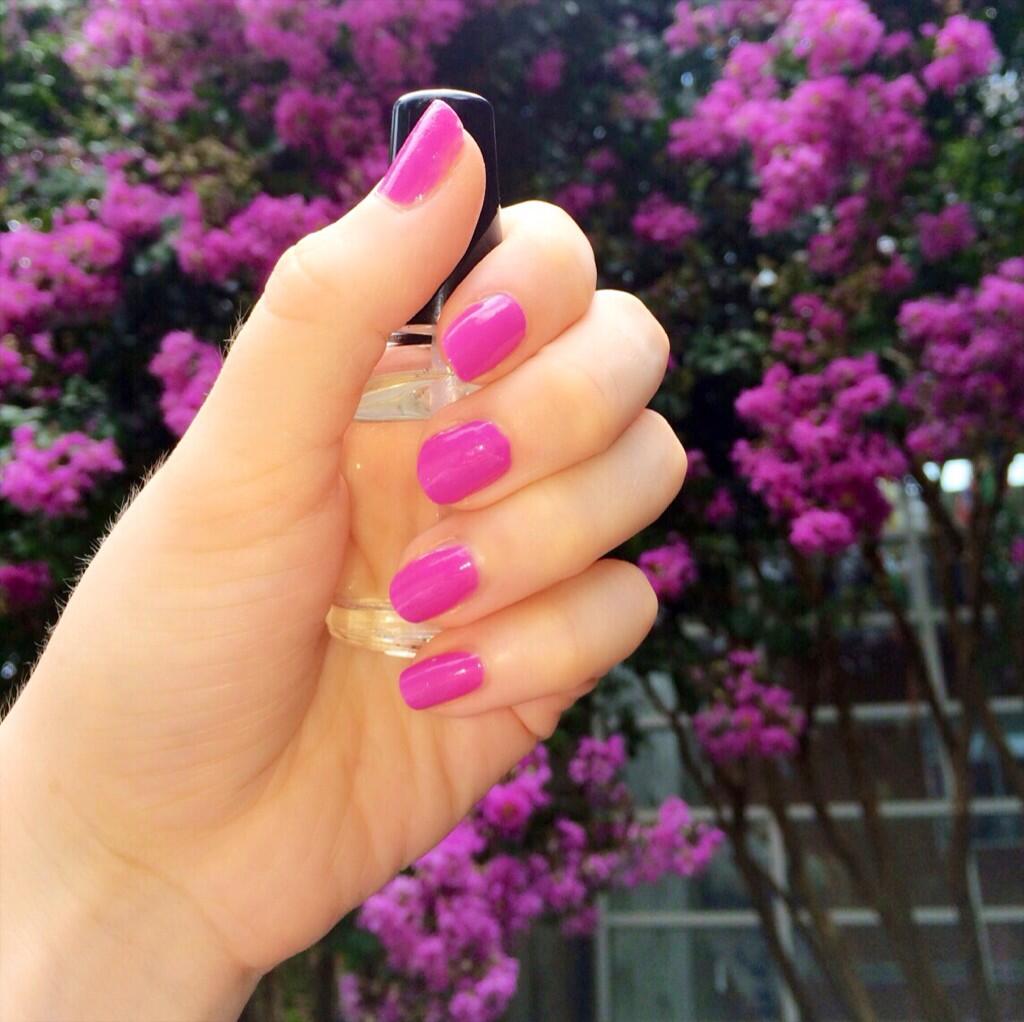Is nail polish the answer to the rape culture epidemic?
Could a manicure prevent someone from being raped?
According to a group of undergraduate students from North Carolina State University, the answer is yes. They have perfected a clear coat nail polish which changes color when in contact with the most common types of date rape drugs (such as Rohypnol, Xanax and GHB). The invention, named Undercover Colors, is being heralded by the popular media as the best way to protect women. Others, however, warn that such an invention is born of a culture which does not understand rape and will ultimately blame the victim for the crime.
Rape, or sexual assault, is often thought of by the public as an act committed by mysterious strangers, sometimes with the aid of drugs. According to Julie Michaud, Administrative Coordinator for The Centre for Gender Advocacy, this perception is deeply flawed. Most cases of sexual assault are perpetrated by someone the survivor already knows and may only use alcohol to inhibit the victim. In such instances, the survivor is not likely to consider testing their drink or to find any drugs at all.

Even in a crowded bar, surrounded by strangers, such a detection system may be dodgy at best. It is unclear at present how elements such as wear and tear will affect the nail polish or how long it will work after the initial application. This product may end up working more due to the media coverage it has received rather than the ability to detect substances. A woman tipping her finger into her drink is not a very subtle gesture and may serve as a deterrent.
Unfortunately and realistically, what this does is train rapists to adapt and evolve as well. Michaud points out that the nail polish will probably cause drug producers to find new drugs which cannot be detected. Although this may take several years, it undoubtedly will happen. In the interim, predators will simply monitor the actions of their victim more closely.
Further, such a media stir will ultimately place the responsibility of sexual assault on the survivor. Society’s message to women is to “make sure the perpetrator targets someone who isn’t you,” according to Michaud. If someone is raped, the question becomes more about why they were not wearing the right nail polish, dressing modestly, or participating in any number of activities portrayed as preventing such behavior. Such a stance ignores the fact that a predator will select a new target, or find way to circumvent any protective measures taken in order to impose their will upon another.
No one doubts the good intentions of the team that invented Undercover Colors, its portrayal as the best defense against rape is deeply flawed. The issue is not the invention, but rather the way our society understands sexual assault.
Michaud summarizes the current situation well: “Amazingly, we almost never hear about innovations to teach people not to rape such as creating a comprehensive sex and consent education program in all elementary and high schools, or implementing mandatory consent workshops in universities, workplaces, and other organizations.”
As much as society interprets it as otherwise, the main problem with cases of sexual assault is not what the survivor didn’t do, but what the rapist did do.




